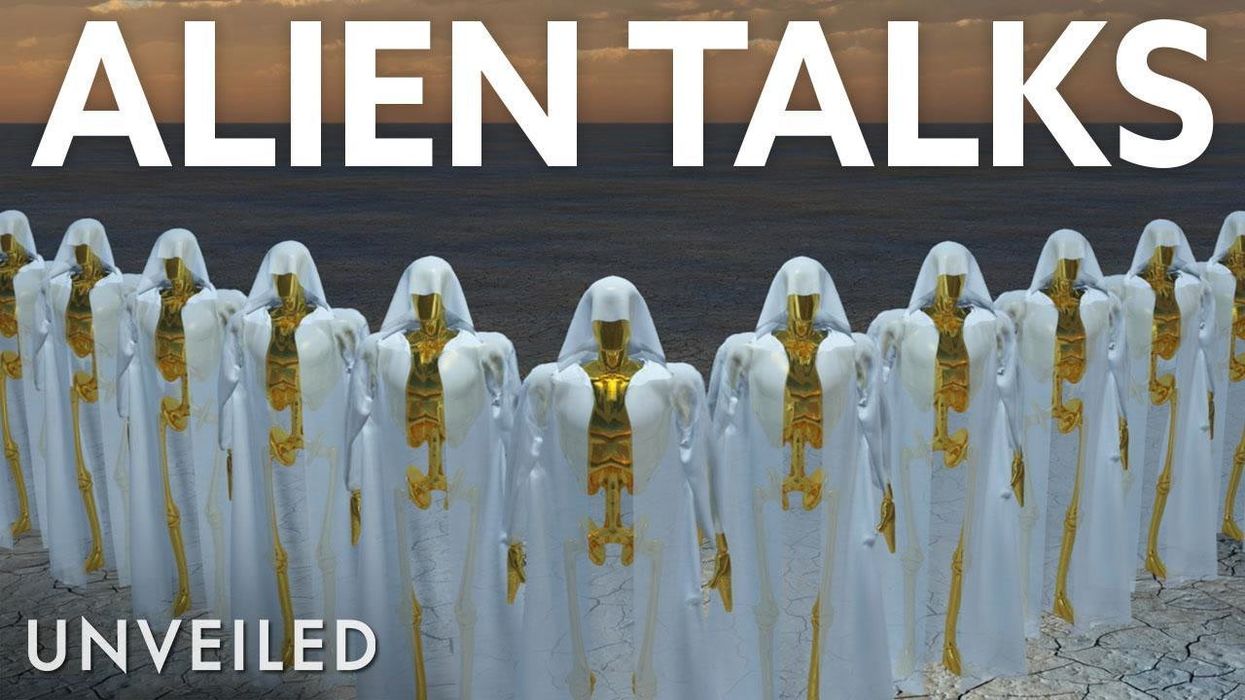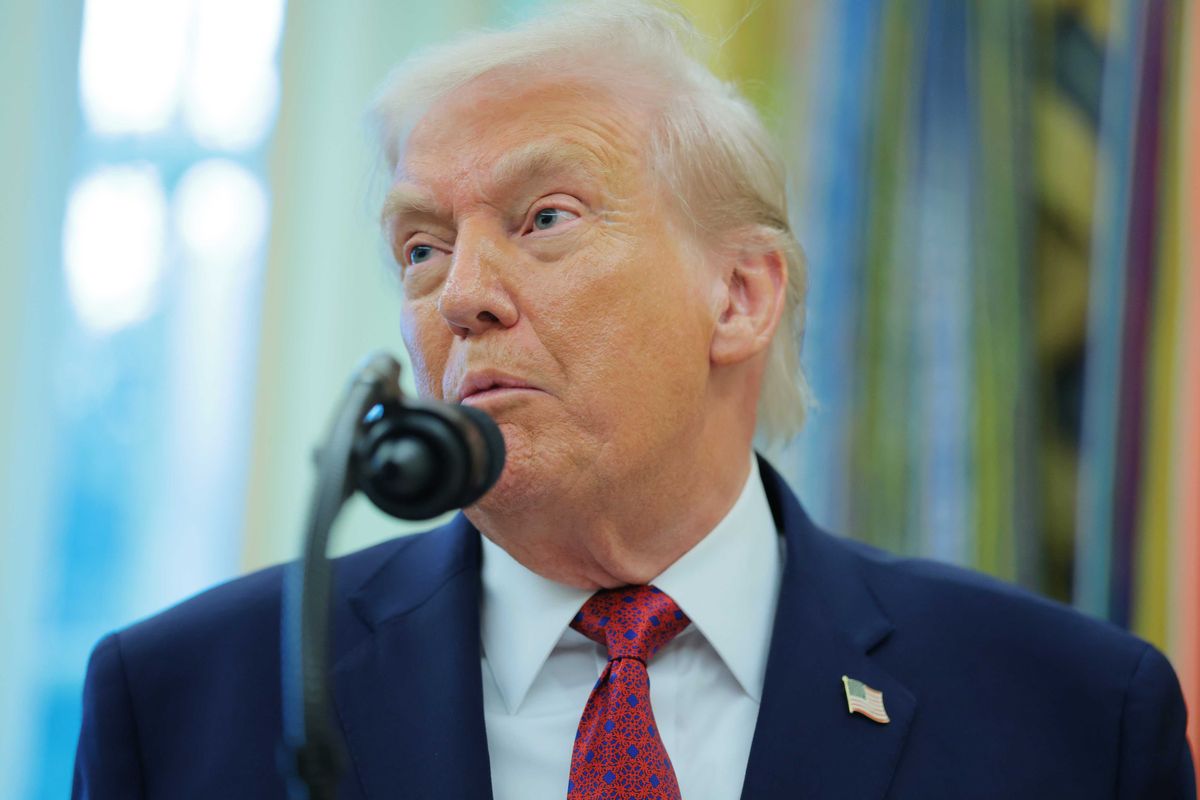Becca Monaghan
Feb 15, 2023
Alien Invasion: Is The Government Secretly Communicating With Aliens? | Unveiled
content.jwplatform.com
An expert has lifted the lid on what would happen if aliens came into contact with humans for the first time.
Over the last few weeks, the US has shot down several unidentified objects, including a Chinese spy balloon. Social media led some people to speculate the objects were extraterrestrial – baseless claims the White House has since shut down.
On 4 February, a suspected Chinese spy balloon off the Carolina coast was shot down, followed by a "car-sized object" over sea ice near Deadhorse, Alaska, on 10 February.
On 11 February, a third unidentified object was flying over the northern Canadian territory of Yukon with Canada's prime minister Justin Trudeau ordering a US warplane to down it.
Then, on 12 February, a fourth was shot down over Lake Huron.
"These objects did not closely resemble and were much smaller than the PRC balloon and we will not definitively characterise them until we can recover the debris, which we are working on," a spokesperson for the National Security Council said.
Sign up for our free Indy100 weekly newsletter
Michael Garrett, Sir Bernard Lovell chair in Astrophysics at the University of Manchester has since told Newsweek that the recent takedowns seem rather unlikely to be first-contact UFOs.
"It's possible first contact [entails] that aliens send[ing] big balloons dozens of light-years into space to sort of tease our Air Force, but it doesn't seem very reasonable," he said. "There's nothing about these balloons that looks the least bit puzzling—it's not like that thing couldn't have been made by humans."
He added that at least one of the balloons has been confirmed as a surveillance device. "Presumably the others are too. There is no need to invoke a UFO explanation in my opinion."
As for how aliens would make their first move, Garrett – who is also the chair of the International Academy of Astronautics' Search for Extraterrestrial Intelligence (SETI) Permanent Committee, not to be confused with the SETI Institute – said: "I think the most likely way we would detect aliens is via their transmissions into space,"
"This is what SETI is looking for—mostly in the radio and optical part of the spectrum."
Have your say in our news democracy. Click the upvote icon at the top of the page to help raise this article through the indy100 rankings.
Top 100
The Conversation (0)














